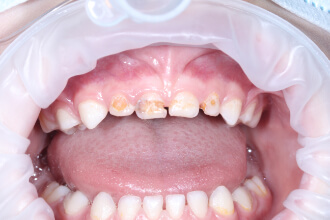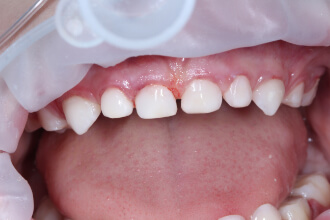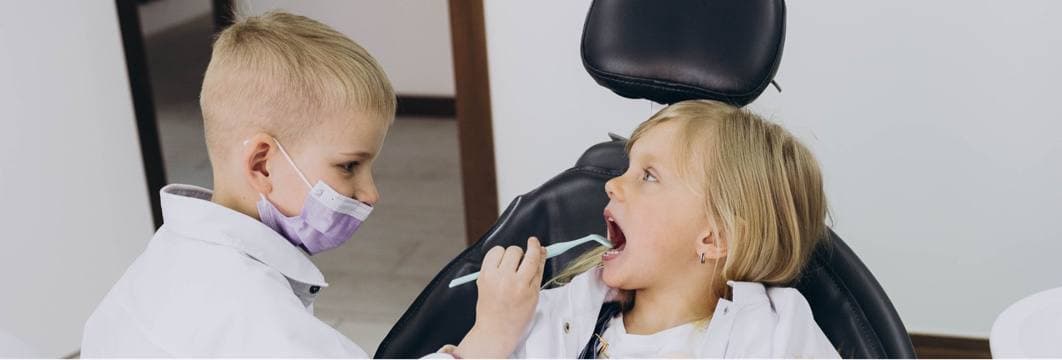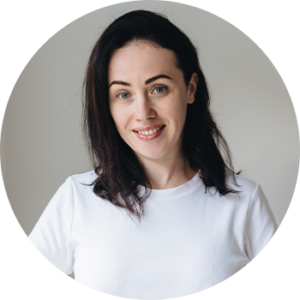Sedation
What is sedation? Is it different from anaesthesia?
Many patients are interested in the question of what sedation is, how it differs from anaesthesia and how safe it is.
The procedure involves the introduction to the patient of drugs of such groups as ketamine, barbiturates, propofol, benzodiazepines and some others. They have a calming and relaxing effect.
Thus, sedation involves putting the patient into a state of sleep. Using sedatives in combination with local anaesthesia leads to complete physical and emotional relaxation of the patient. This technique avoids pain and other unpleasant physical or emotional factors. All manipulations are carried out under the supervision of professional specialists and are as safe as possible.
Using anaesthesia involves falling into a deep sleep and completely losing sensation. More potent drugs are used for such a procedure, and more careful monitoring of the patient’s condition is carried out. This method does not require the use of local anaesthesia.
During the consultation and preparation of a treatment plan, the doctor will collect information about your state of health, clarify your wishes, and, based on the data received, choose the best method – anaesthesia or sedation.
Dental treatment under sedation
In dentistry, there are situations when it is recommended to carry out dental treatment under sedation. So, the procedure can be used to remove teeth (incredibly complex ones, including wisdom teeth), canal treatment, and deep caries. In addition, sedation is used when several teeth require treatment at once – it allows you to carry out the maximum amount of work in one visit.
Dental treatment under sedation avoids the stress associated with visiting the dentist, which can cause much more harm to human health than sedatives.
Thanks to this method of treatment, it is possible to carry out the maximum number of manipulations in the shortest possible time, thereby significantly reducing the number of visits to the doctor and saving strength and health.
Sedation in pediatric dentistry
Sedation is widely used in pediatric dentistry – putting a child to sleep allows the doctor to calmly carry out the necessary manipulations without fear of scaring or injuring a too-active little patient.
This method helps to avoid the child’s negative experience and, as a result, the fear of dentists.
The most common reasons for the use of sedation in pediatric dentistry are as follows:
- age up to 3 years – to avoid stress for the child, as well as the difficulties associated with the inability of a minor patient to fulfil the doctor’s requests;
- Increased activity and mobility – it is difficult for some children to sit still in a chair even for 5-10 minutes; it is not always possible to carry out treatment for such a time;
- The presence of developmental features in the child, for example, cerebral palsy or ASD.
In addition, treatment with sedation is recommended for children who have a negative experience visiting the dental office.
During a consultation at QRD-dental, the doctor will answer all your questions related to the use of sedation, as well as draw up an optimal treatment plan.
Case with sedation and feedback from our clients
The use of modern equipment for sedation and anaesthesia, European-made medicines and highly qualified specialists of the QRD-dental clinic allow the most comfortable and high-quality treatment of any level of complexity. Numerous testimonials from our satisfied customers testify to this.
Case with the use of sedation in pediatric dentistry
Застосування сучасної апаратури для седації й наркозу, медикаменти європейського виробництва та висококваліфіковані фахівці клініки QRD-dental дають можливість максимально комфортно та якісно проводити лікування будь-якого рівня складності. Про це свідчать численні відгуки наших задоволених клієнтів.
Кейс із застосуванням седації в дитячій стоматології
Patient Alina, four years old
We turned to our clinic with complaints about the unsatisfactory appearance of the teeth of the upper jaw, and the parents had the desire to remove plaque from the enamel.
After examination, the doctor diagnosed acute median caries in 53 61 62 63 teeth and reversed pulpitis (inflamed nerve) in 51 52. This baby already had a lot of affected teeth.
Why did it happen? The causes of caries are simple. This is usually a lack of hygiene from the first tooth, incorrect hygiene products and malnutrition (excessive consumption of sweets, cookies, sugary compotes, breastfeeding for more than one year.
Any caries is a focus of infection, which is why such teeth need to be treated.
Taking into account the volume of work, the child’s young age, and the lack of time for treatment in several visits to the parents, it was decided to treat in sedation.
Recall what sedation is.
That is the introduction by the anaesthetist into a state of sleep with the help of medications. In sedation, the patient can breathe normally; all vital body functions are preserved. A significant advantage is that the procedure is not stored in the patient’s memory.
The drug load during sedation is less than during general anaesthesia and does not affect the further resumption of active life. But sedation is not a substitute for local anaesthesia – an anaesthetic injection. When the patient is introduced into this state, local anaesthesia is necessary, and the patient is asleep but in pain.
53 61 62 63 teeth were restored, and in 51, 52 teeth, a deep amputation of the pulp was made, then restorations.
The total time of the whole work is 2 hours. The little patient received a healthy smile and white teeth in one visit.
The doctor scheduled a follow-up examination after three months.


It is essential to come to the dentist on time, not to self-medicate, and not to listen to bloggers’ advice on how to be treated.
You will also appreciate dentists’ high standards of treatment and professionalism by making an appointment by phone or using the form on the website.




Leave a Reply